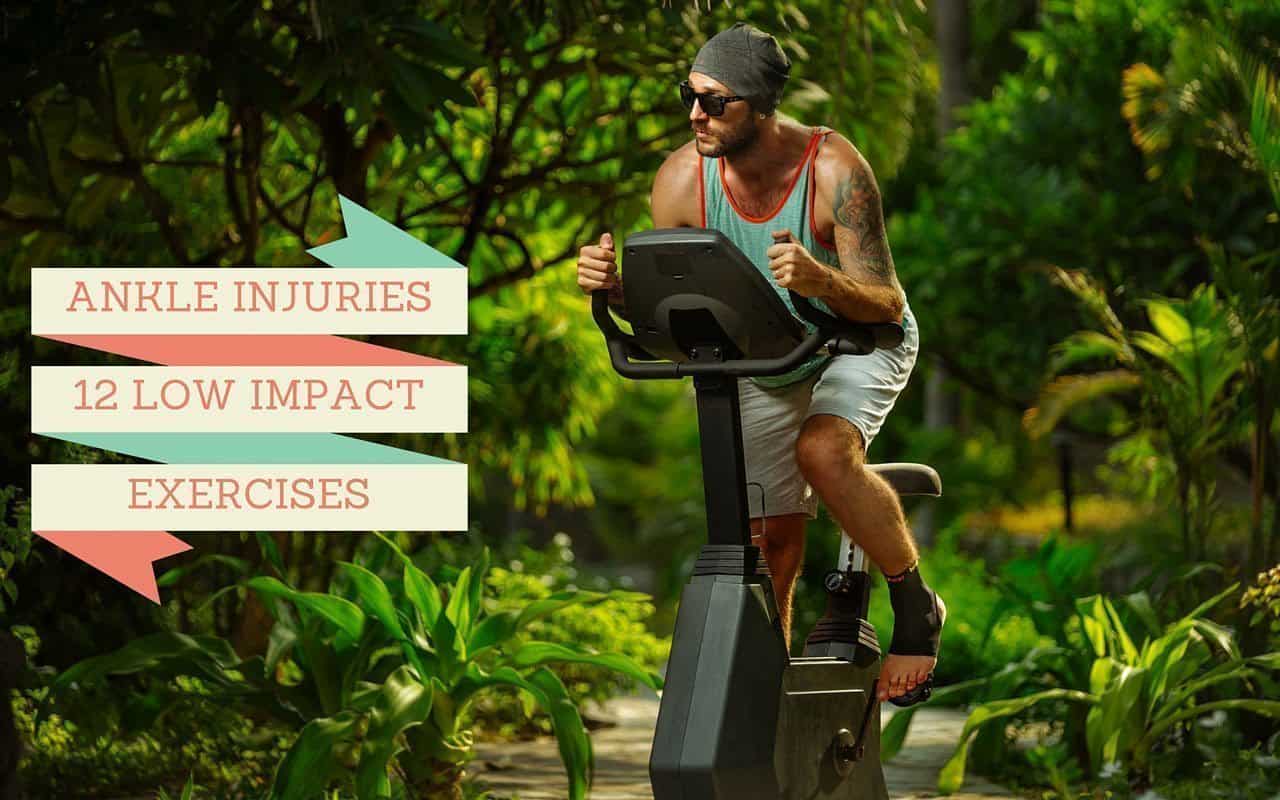
Ankle injury is all too common, whether from sports, everyday activities, or simply taking an awkward step. However, they can often be avoided or minimized by integrating low impact exercises into one’s fitness routine. These exercises are gentle on the joints and can help strengthen the muscles surrounding the ankles, leading to improved stability and support.
Low impact exercises come in various forms, each targeting different aspects of ankle strength and mobility. Activities such as walking, step aerobics, and certain stretches are effective options for anyone wishing to protect their ankles from future injuries. It’s essential to prioritize consistency and proper form when performing these exercises to see the best results.
Incorporating ankle-strengthening activities into your regular routine not only helps prevent injuries but also enhances overall athletic performance and daily functioning. These low impact exercises can be easily integrated into most fitness plans, offering a safe and effective way to maintain healthy and resilient ankles.
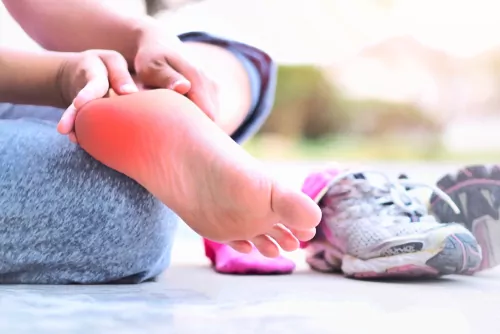
Ankle injuries are common occurrences in both athletes and non-athletes alike. They can result from various situations, such as accidents during physical activities, sports, or just everyday movements. The primary types of ankle injuries include ankle sprains, ankle fractures, and ankle instability.
Ankle sprains occur when the ligaments surrounding the ankle joint are stretched or torn. This can happen when the foot is suddenly twisted or forcefully turned beyond its normal range of motion. Among the different grades of sprains, the mildest is a grade 1 sprain, where the ligaments are stretched but not torn, while a grade 3 represents a severe sprain with complete ligament tears.
Ankle fractures refer to broken bones in the ankle joint. These can range from minor hairline fractures to a more severe break that might require surgery. Fractures, even if they’re not sports injuries, can still cause long-term pain and limitations in movement if not properly treated.
Ankle instability is an issue that often results from repeated ankle sprains or a single severe incident. The ligaments surrounding the ankle joint become weakened or damaged, leading to ongoing discomfort and a higher risk of recurrent ankle injuries. This condition is particularly challenging for athletes who rely on their agility and balance in competition.
Low impact exercises can play a critical role in preventing and recovering from ankle injuries. Strengthening the muscles around the ankle joint, as well as improving balance and coordination, can help minimize the risk of future sprains, fractures, and ankle instability issues. Examples of such exercises include walking, step aerobics, and targeted ankle strengthening exercises.
In conclusion, understanding the various types of ankle injuries and their causes is essential for preventing and treating issues effectively. Engaging in low impact exercises regularly and following proper technique can significantly reduce the risk of ankle injuries and help maintain overall joint health.
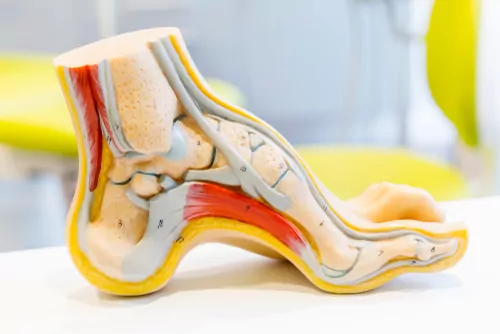
The ankle and foot are essential parts of the human body that allow us to move and perform daily tasks. The ankle joint connects the lower leg bones (tibia and fibula) with the talus bone of the foot. The feet, on the other hand, consist of multiple small bones that support body weight and enable walking and running. Lifting weights with a sprained ankle Consider an injured foot or ankle a great excuse to put some serious focus on your upper body.
Several muscles and ligaments play a crucial role in ankle and foot mobility. The main ankle muscles include the calf muscles (gastrocnemius and soleus), anterior tibialis, posterior tibialis, and peroneal muscles. The ligaments in the ankle and foot provide stability by connecting the bones and maintaining proper joint alignment.
The ankle and foot enable joint mobility, necessary for various movements such as walking, running, and jumping. They act as weight-bearing joints that support and distribute our body weight, allowing us to maintain balance and perform various physical activities.
Ankle pain and sprains often occur due to injury, overuse, or improper footwear. Pain may arise from strains to muscles or ligaments, whereas sprains involve damage to the ankle ligaments. Low impact exercises can help prevent ankle injuries and promote mobility, while enhancing overall ankle and foot strength.
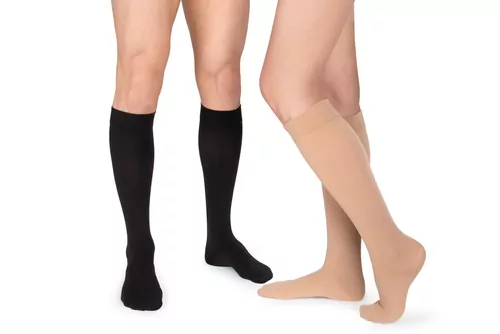
The right footwear plays a significant role in preventing ankle injuries. Shoes should provide proper support, cushion, and stability for the specific activity being performed. It is essential to select shoes specifically designed for low impact exercises like walking, elliptical machines, or yoga to reduce strain on the ankles.
Warming up before exercise is crucial to prevent injuries. A proper warm-up routine should include dynamic stretches and low-intensity movements to increase blood flow and muscle elasticity in the ankles, preparing them for exercise.
Daily exercise helps maintain ankle strength and flexibility. Aim for at least 30 minutes of moderate exercise, such as brisk walking or swimming, five times a week to maintain overall health and prevent injury.
Physical therapy can play a vital role in preventing and rehabilitating ankle injuries. A physical therapist can design a tailored exercise program to address specific weaknesses, improve balance, and increase ankle stability.
Incorporate ankle strengthening exercises into your routine to build strength and prevent future injuries. Examples include ankle dorsiflexion, inversion, and eversion exercises. These can help improve balance, coordination, and ankle stability.
Low impact exercises like swimming, cycling, and yoga are excellent options for those looking to prevent ankle injuries. They put less stress on joints and muscles, limiting the chances of injury while still promoting overall fitness.
Plyometrics can help improve ankle strength and stability through explosive, dynamic movements. Include exercises like box jumps or squat jumps in moderation within your routine, ensuring proper warm-up and cooldown. This will help enhance ankle performance while minimizing the risk of injury.
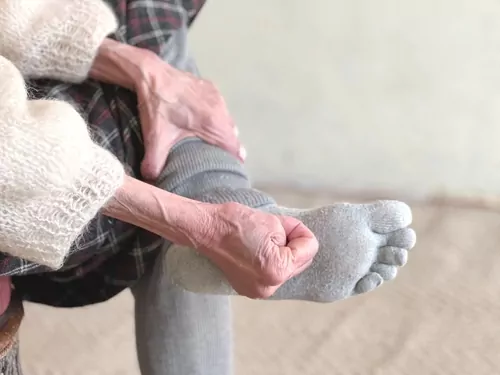
When it comes to treating ankle injuries, one of the first steps is the RICE protocol. RICE stands for Rest, Ice, Compression, and Elevation. Rest is essential for allowing the injured ankle to heal, while Ice helps reduce inflammation and swelling.
Compression, such as using an elastic bandage, can further assist in minimizing swelling and providing support to the injured area. Lastly, Elevation helps reduce fluid build-up and also helps decrease swelling.
Rehabilitation exercises play a vital role in recovering from an ankle injury and restoring the ankle’s range of motion. Strengthening and flexibility exercises help to restore stability and prevent further injuries.
Examples of ankle exercises include ankle dorsiflexion and single-leg lateral hops. It is crucial to consult with a healthcare professional before starting any rehabilitation exercises to ensure they are suitable for your specific injury.
In some cases, an orthopedic consultation may be necessary for proper treatment and recovery from an ankle injury.
Orthopedic specialists have extensive training and experience in diagnosing and treating musculoskeletal conditions, including ankle injuries. They can provide additional guidance on the most appropriate course of treatment, which may include physical therapy, bracing, or, in some instances, surgery.
Chronic ankle instability occurs when the ligaments and nerves in the ankle are repeatedly damaged, leading to ongoing discomfort and an increased risk of re-injury. People with chronic ankle instability often experience recurrent ankle sprains, pain, and swelling.
In such cases, ankle exercises can help to strengthen and stabilize the ankle joint and may prevent the development of chronic instability.
Additionally, orthopedic consultation may be necessary to determine the best treatment options for those suffering from chronic ankle instability.
For more information on our Copper Infused Compression Ankle Sleeve, Click Here!
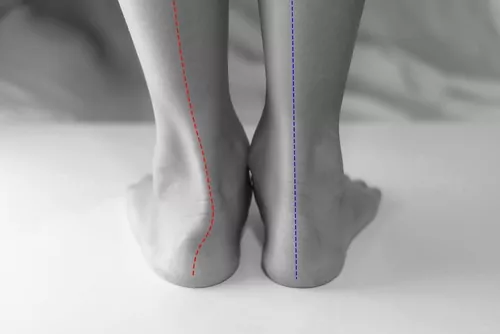
Incorporating low impact exercises into your routine can play a significant role in avoiding ankle injuries and promoting overall ankle health. These exercises can help rebuild strength and stability in the ankle, allowing athletes and individuals of all fitness levels to reduce the risk of injury and maintain an active lifestyle.
It is essential to focus on a combination of stretching, strengthening, balancing, and sport-specific movements designed to improve dynamic ankle stability. This well-rounded approach increases the ankle’s resilience, helping to prevent subsequent injuries and aiding in faster recovery if an injury occurs.
Practicing ankle strengthening exercises, such as dorsiflexion and plantar flexion, can be beneficial for those looking to enhance their ankle functionality and reduce the likelihood of sprains.
In conclusion, a consistent and diverse program of low impact exercises can contribute significantly to maintaining strong and healthy ankles. By dedicating time and effort to enhance ankle stability, athletes and active individuals can continue to enjoy their favorite activities with greater confidence and security.
Swimming and cycling are excellent low-impact exercises that help strengthen the ankle without putting too much pressure on the joint. Additionally, the alphabet exercise in which the foot is used to trace the alphabet in the air can also be beneficial for improving ankle strength and flexibility.
When recovering from an ankle injury, it is essential to engage in low-impact cardio exercises that don’t stress the injured area. Walking and step aerobics are effective options for maintaining cardiovascular fitness while allowing the ankle to heal. Swimming is another excellent choice, as it provides a full-body workout without putting any stress on the ankle.
Using an elliptical machine or rowing machine is an excellent, nonweight-bearing way to get cardiovascular activity. Both of these activities can also help you burn calories and help you maintain your fitness level. If you need exercises that don’t put any strain on your feet and ankles, the above list can help you do just that. Use crutches when you need to walk on your sprained ankle and wear ankle braces.
Seniors may find seated ankle pumps, heel raises, and toe taps helpful in maintaining ankle strength and stability. These exercises can be performed while seated, providing support and minimizing the risk of falls. It is essential for seniors to work with a healthcare professional or physical therapist to ensure that they perform these exercises safely and effectively.
During the rehabilitation process, it is crucial to follow a tailored exercise plan provided by a healthcare professional. Physical therapy exercises, such as ankle strengthening exercises, can help restore range of motion, strength, and balance to the ankle following an injury. Consultation with a physical therapist or medical professional is essential to ensure the correct exercises are incorporated into the recovery plan.
Gym exercises that focus on ankle strength include resistance band exercises, single-leg balance exercises, and calf raises. These exercises can be incorporated into a regular workout routine or performed separately to target ankle strength specifically. As always, consult with a healthcare professional or physical therapist before starting any new exercise regimen. The bike is a low-impact way to increase cardio fitness. If you can bend the knees and hips, you can probably ride a stationary bike. It is possible to ride with a cast or splint on the ankle or foot, but the ride may be slower. You can adjust the resistance of stationary bikes. Therefore, this can really challenge the cardio system and provide an effective workout. Try using earbuds, watching a movie, or listening to music.
Preventing ankle injuries requires a holistic approach, including regular ankle strengthening exercises, proper footwear, and maintaining suitable flexibility and balance. Warming up before exercise is also vital to ensure the muscles, tendons, and ligaments are prepared for activity. Knowledge of the correct techniques and forms for specific exercises can also help prevent injury.